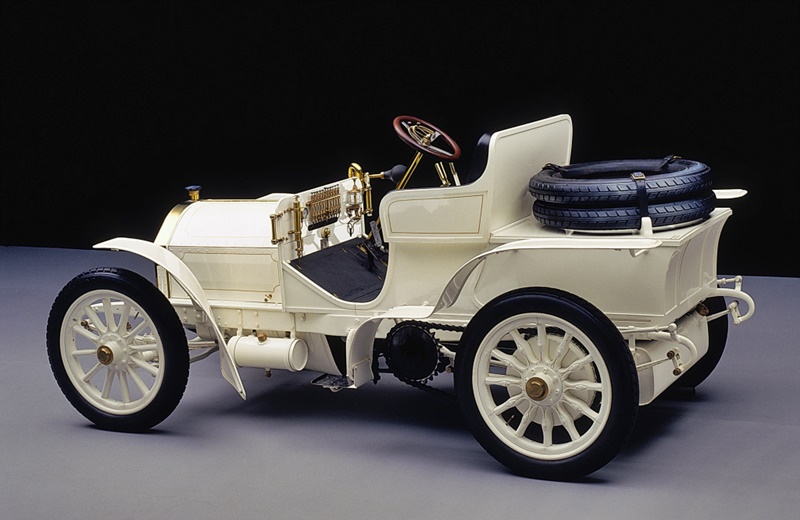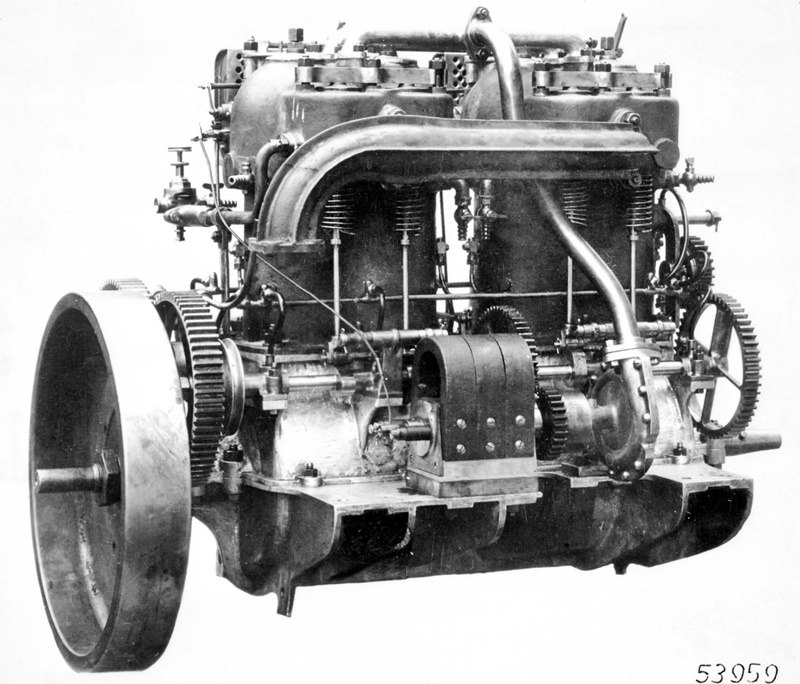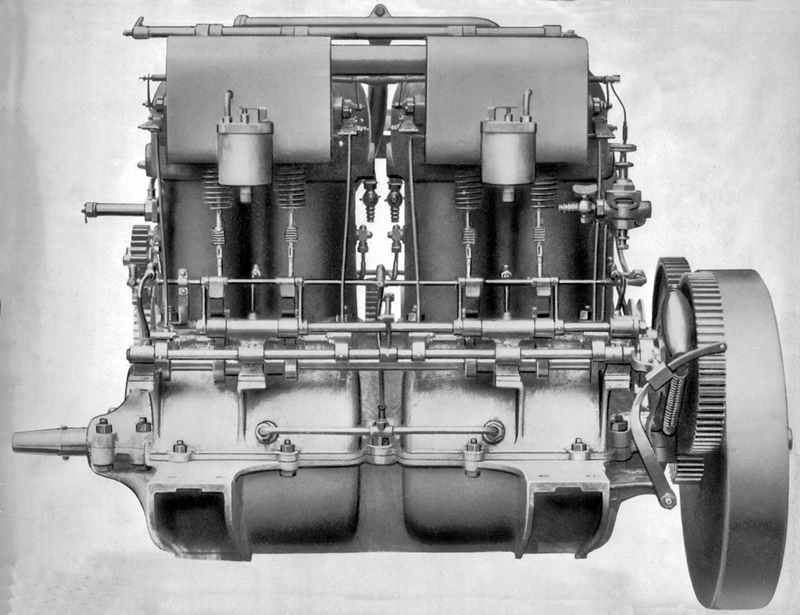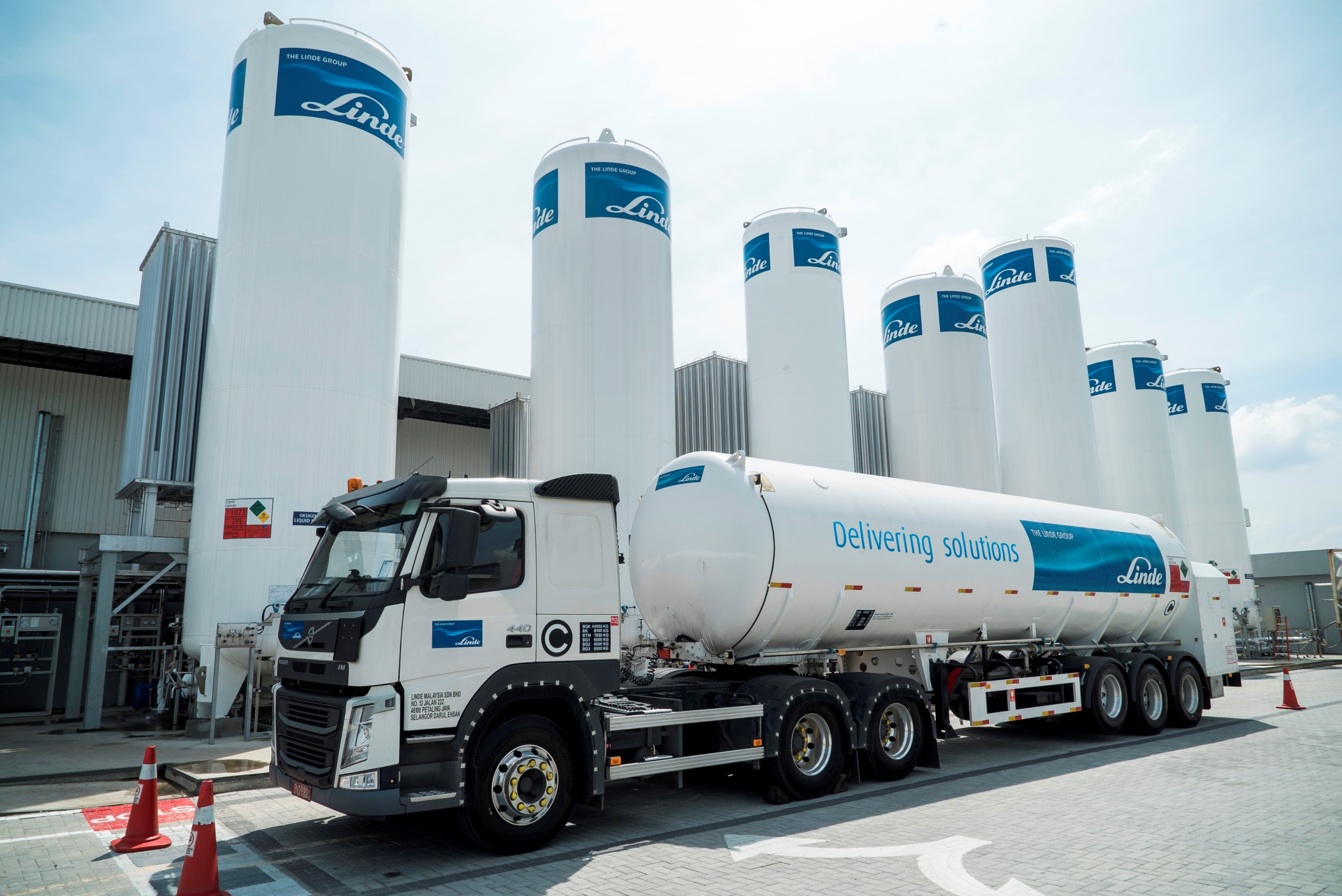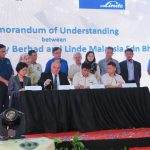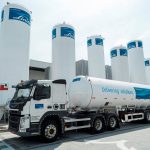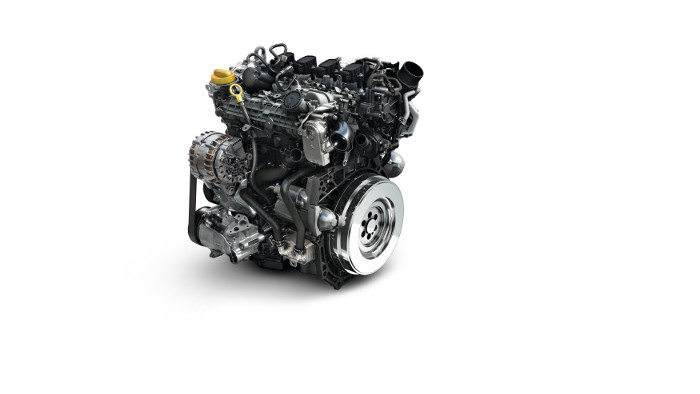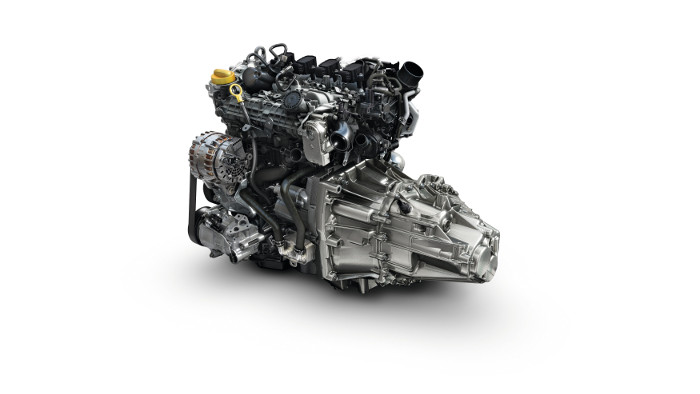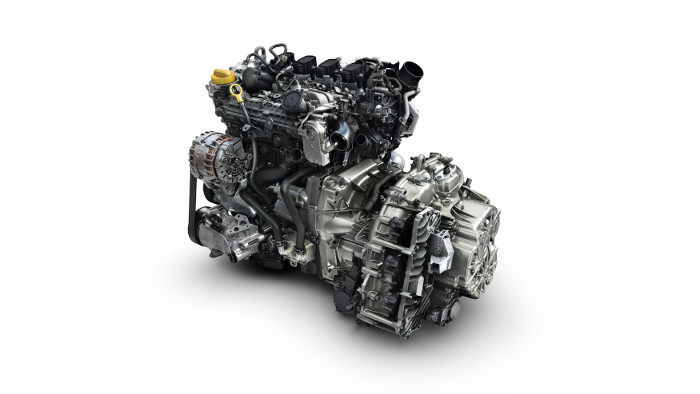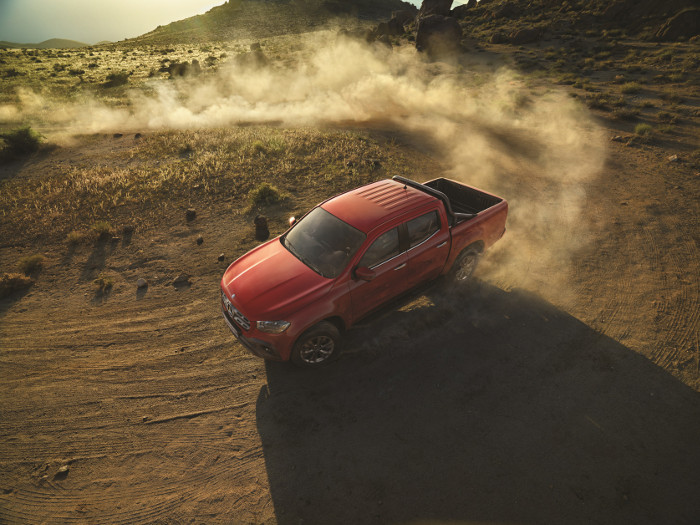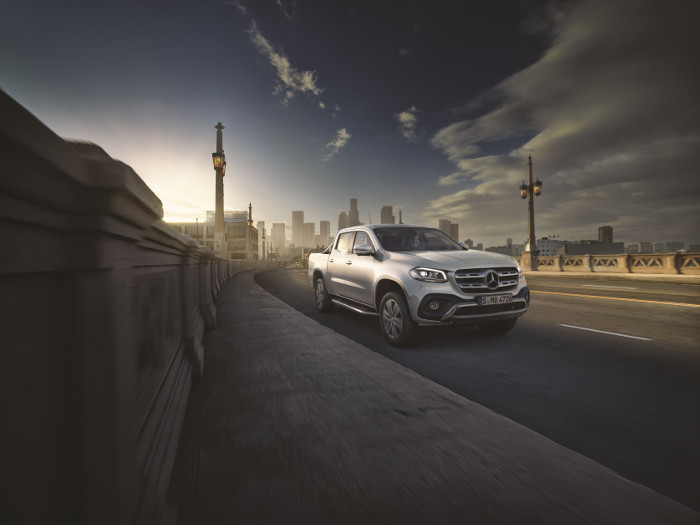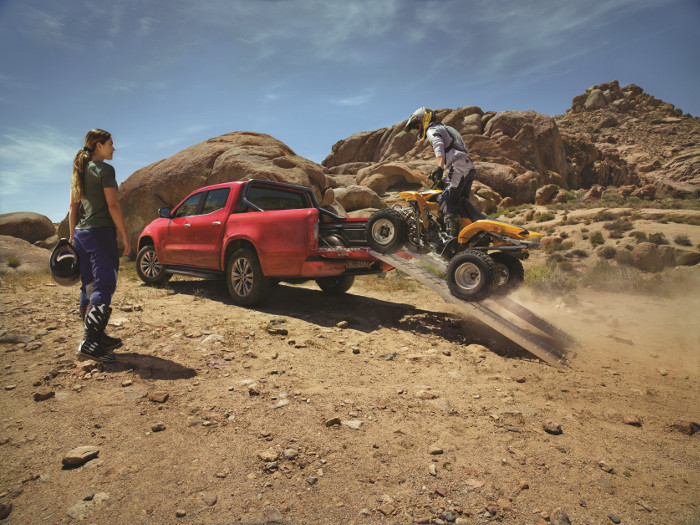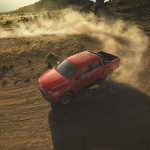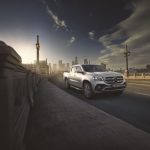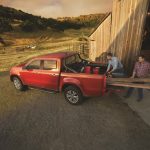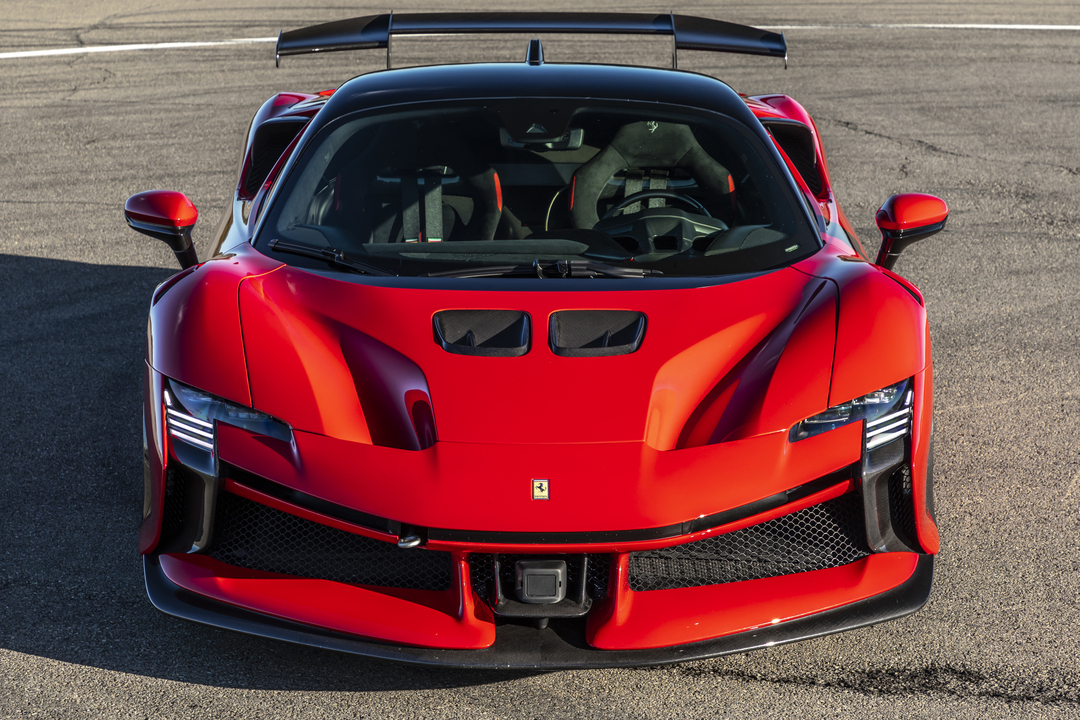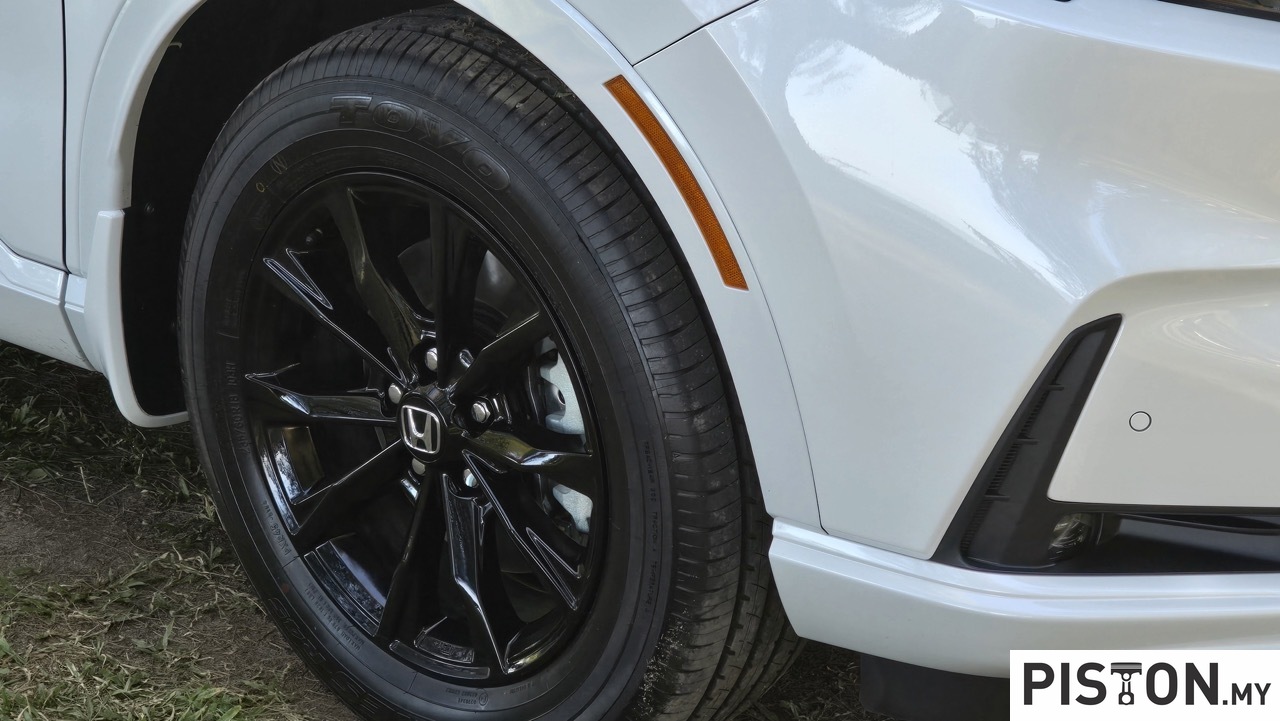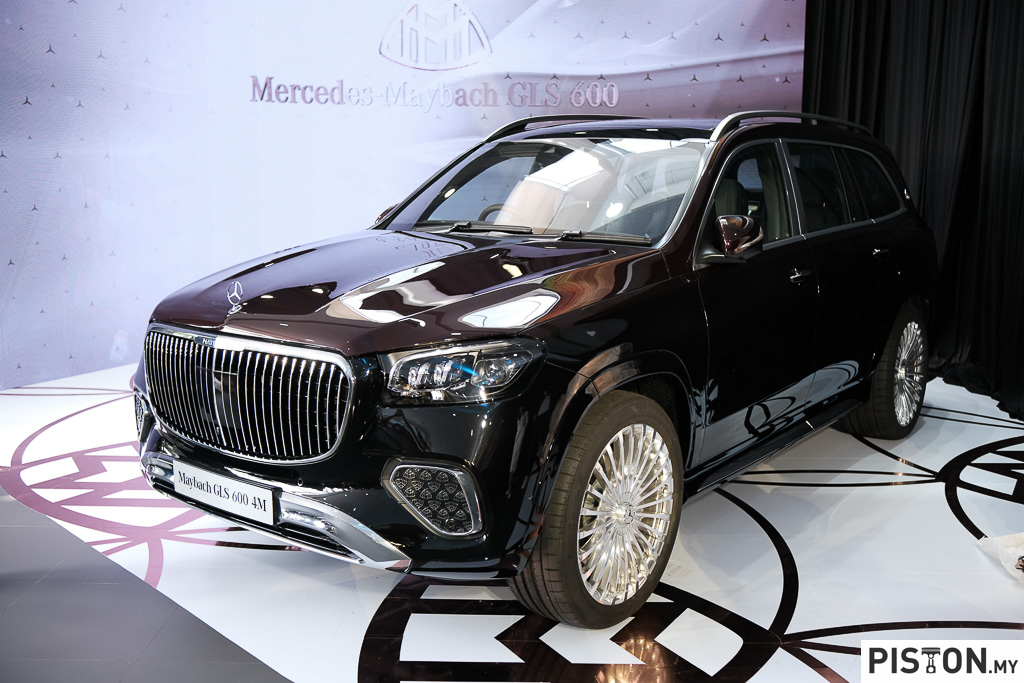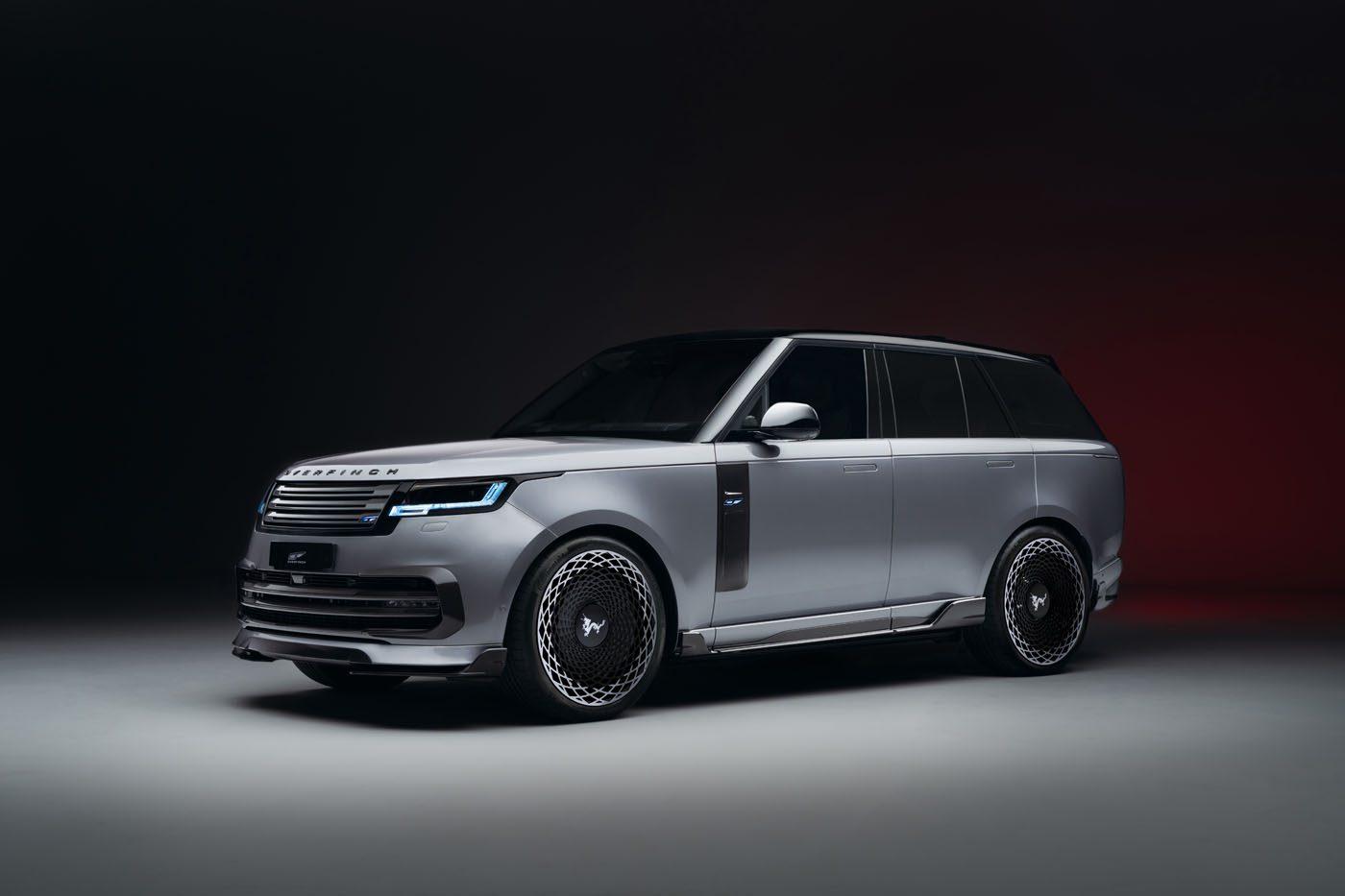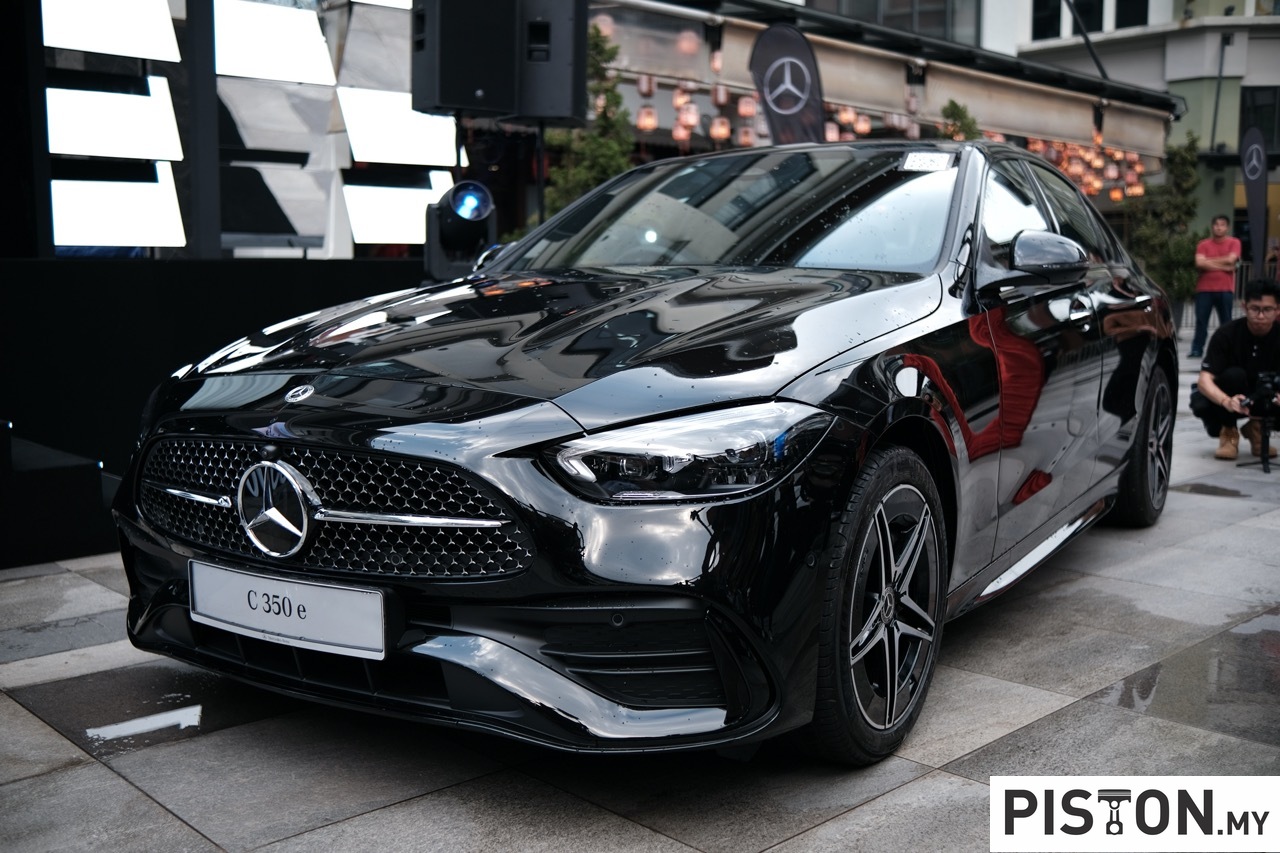To this day, Mercedes-Benz is the only automotive brand that bears a female name. The female was Mercedes, an 11-year old girl who was the daughter of Emil Jellinek, an Austrian businessman who lived in Nice, France.
Besides selling cars, Jellinek also registered them for racing events. The first car with this melodious Spanish name – the Mercedes 35 PS – caused a sensation at the Nice race week. This was not only because of its highly advanced technology – allowing it to win several races there – but also because of its exceptionally elegant design.
The success of the Mercedes cars at the event inspired Daimler-Motoren-Gesellschaft to call its automobiles ‘Mercedes’. From then on, the curved ‘Mercedes’ lettering adorned the radiators of Daimler passenger cars. The name was registered as a trademark on June 23, 1902 and legally protected on September 26, 1902.
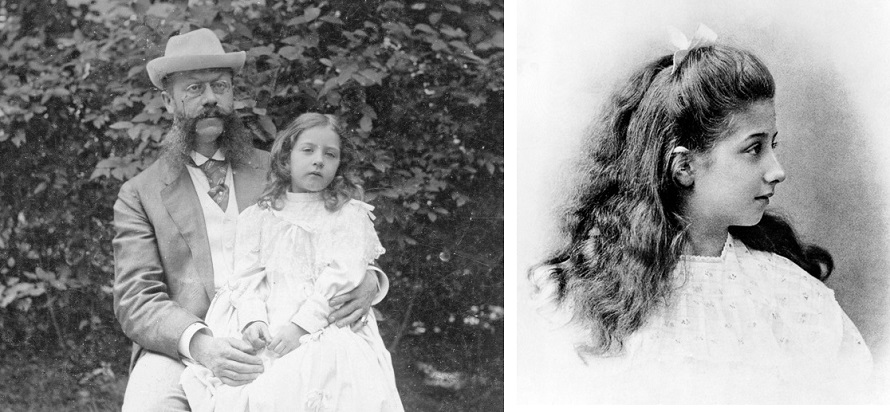
Since then, the brand name – which was changed to Mercedes-Benz after the merger of the Daimler and Benz companies in June 1926 – has been both an expression of and a commitment to luxury and innovation.
Birth of the Mercedes 35 PS
Emil Jellinek was well aware of the importance of a brand name that was easy to remember. From 1899 onwards, he had competed in car races in high-performance Daimler cars under the pseudonym ‘Monsieur Mercedes’, already using the name of his daughter.
At the beginning of April 1900, he concluded an agreement with Daimler-Motoren-Gesellschaft (DMG) for the distribution of Daimler cars and engines. Jellinek insisted on greater performance and more innovative technology from DMG in the closing years of the 19th century, which resulted in the development of the modern motorcar and a new engine.
The new engine from DMG
The new 4-cylinder in-line engine had a displacement of 5913 cc and an output of 35 hp at 1,000 rpm. It was lighter than an earlier engine DMG produced and had a short stroke to achieve higher engine speeds. The intake valves were actuated by their own camshafts for the first time, meaning that the engine had two camshafts. This marked a substantial advance over the previously employed ‘sniffing valves’, which were actuated by the vacuum created by the downward-moving piston.
On December 22 1900, DMG delivered the first car equipped with a new engine, a 35 PS racing car. The car was not only the newest and most powerful model produced by DMG but has since come to be recognised as the very first modern motorcar.
The Mercedes 35 PS was systematically designed for performance, weight savings and safety, its key features including a lightweight high-performance engine, a long wheelbase and a low centre of gravity.
With these attributes and the honeycomb radiator organically integrated into the front, it gave the motorcar its own distinct form. The first Mercedes was no longer reminiscent of a carriage pulled along by a combustion engine instead of horses. Rather, it was a new construction which had been systematically designed from scratch for the innovative new type of drive.
Unbeatable Mercedes
During Nice Week in March 1901, at that time perhaps the most important international motorsport event, the Mercedes cars entered were unbeatable in practically every class. This helped Jellinek and Mercedes to achieve exceptional publicity. In March and August 1901, the sister models, the 12/16 PS and 8/11 PS, were launched and Jellinek’s business was booming. In society’s most exclusive circles, it became the trend to drive a Mercedes or, even better, to be driven in one.
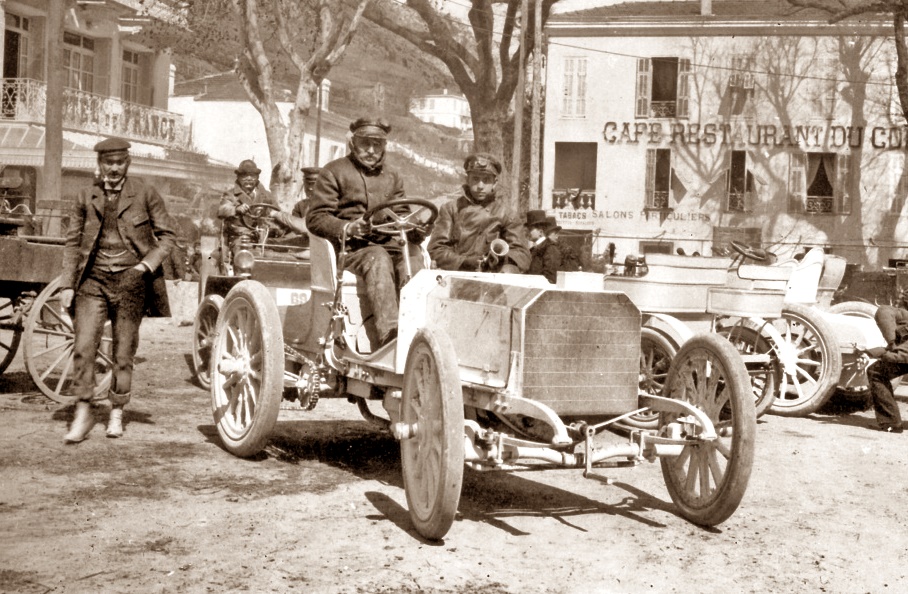
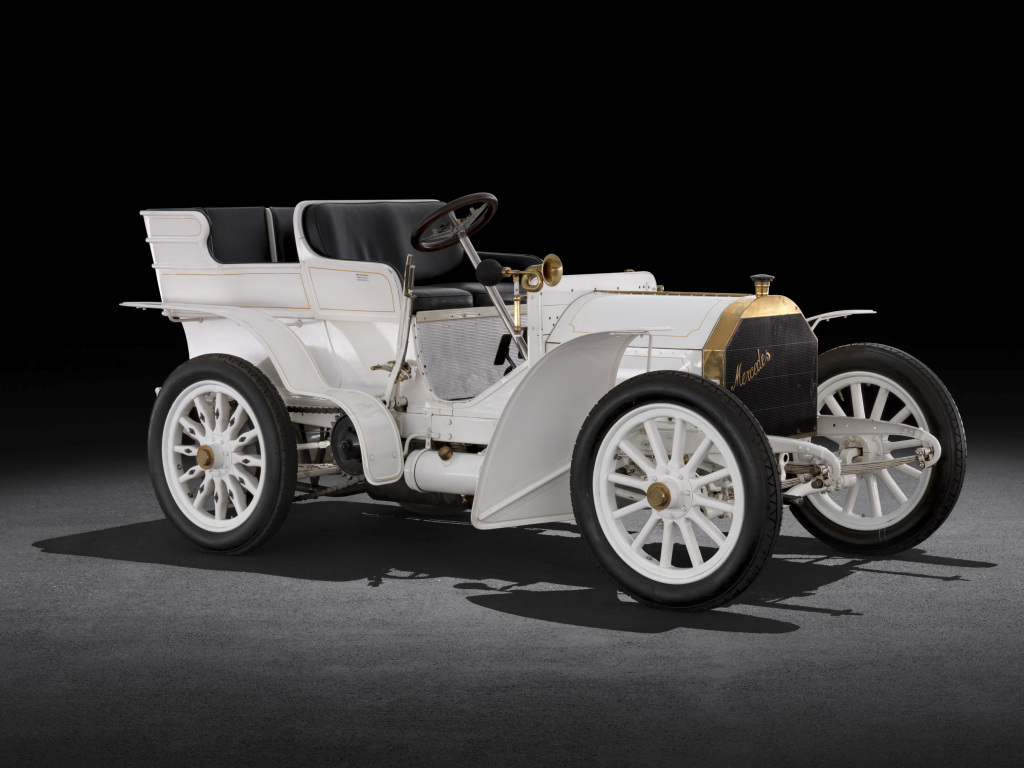
Interestingly, Jellinek went a step further in June 1903: he received permission to change his name to Jellinek-Mercedes. He explained the decision thus: “This must in all probability be the first time that a father has borne the name of his daughter.”
And what about The Star?
The Mercedes Star today immediately identifies the brand and its history goes back to 1909 when DMG registered it as a trademark by DMG in June 1909 (there was also a 4-pointed star). From 1910, it would be a common sight on the radiators of Mercedes vehicles.

The three tips of the star were also regarded as a symbol of Gottlieb Daimler’s efforts to achieve universal motorisation ‘on land, at sea and in the air’ – a vision he consistently pursued from the very beginning.
Vision Mercedes Simplex sculpture embodies heritage and future of luxury brand
Fighting COVID-19 is our joint responsibility. Protect yourself and others: make these 6 simple precautions your new habits.


